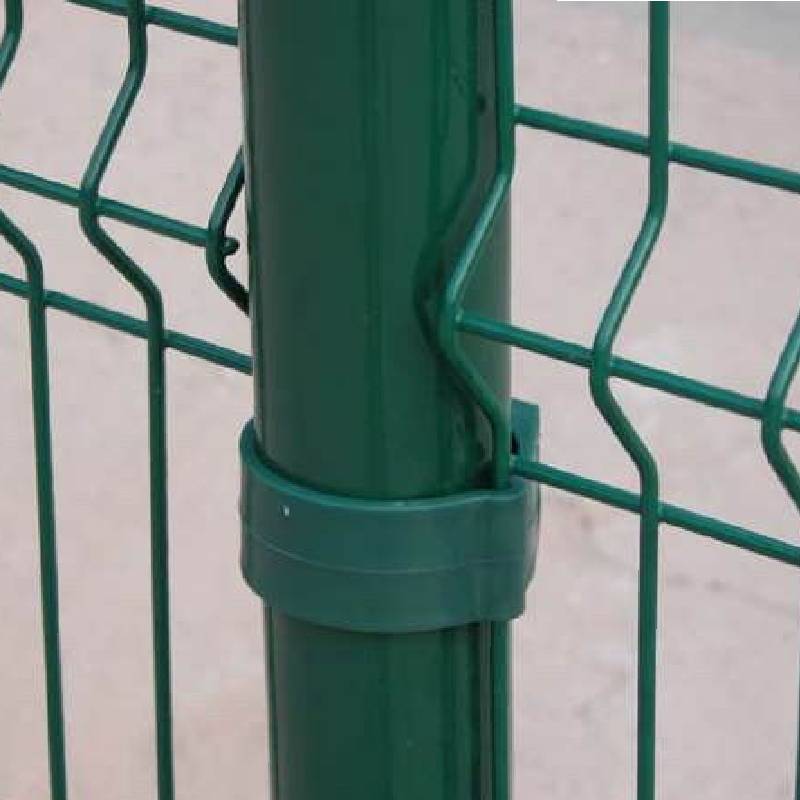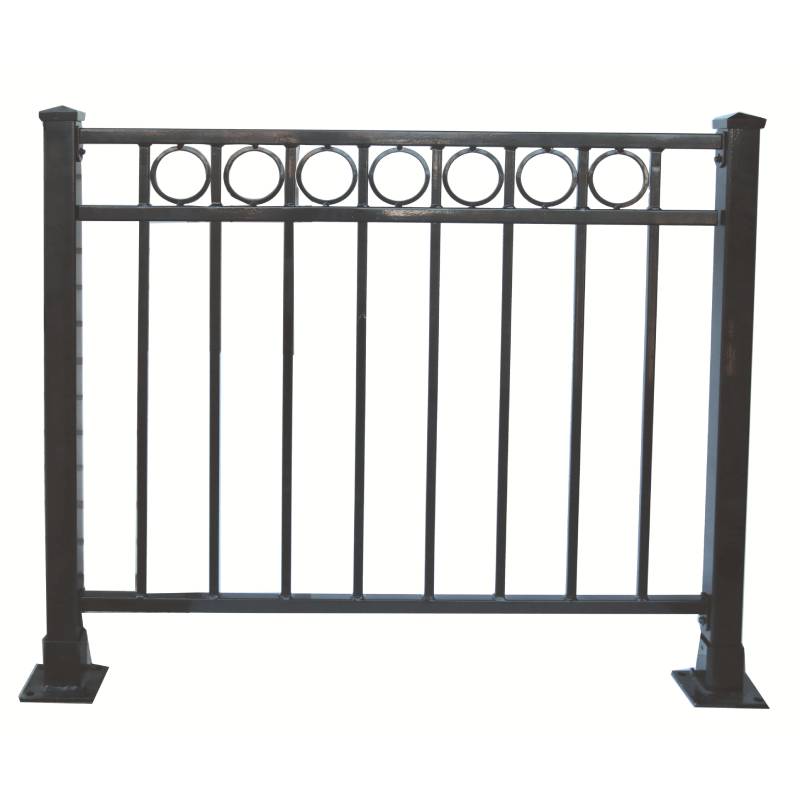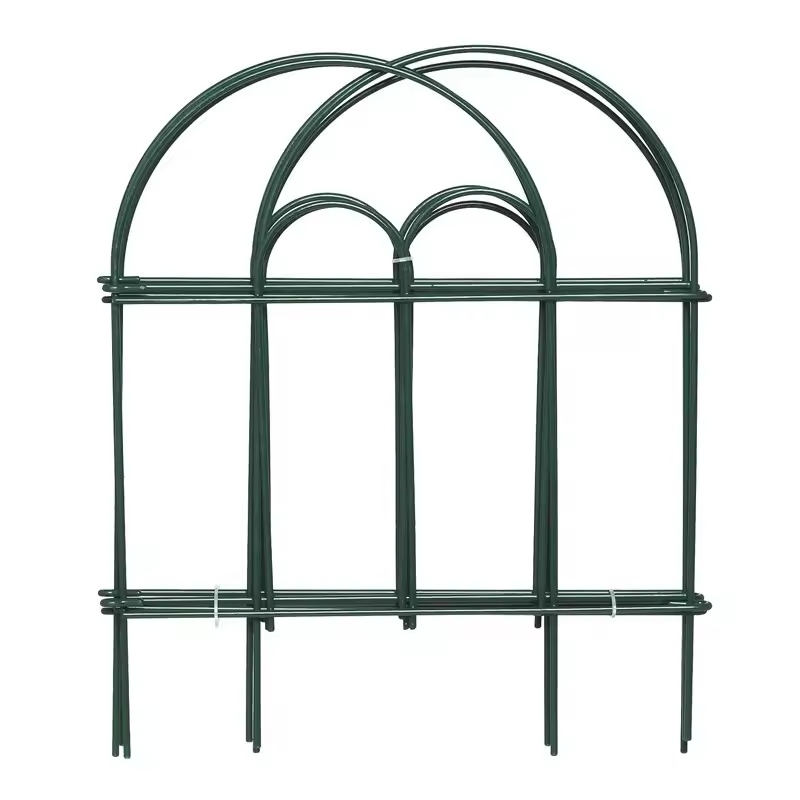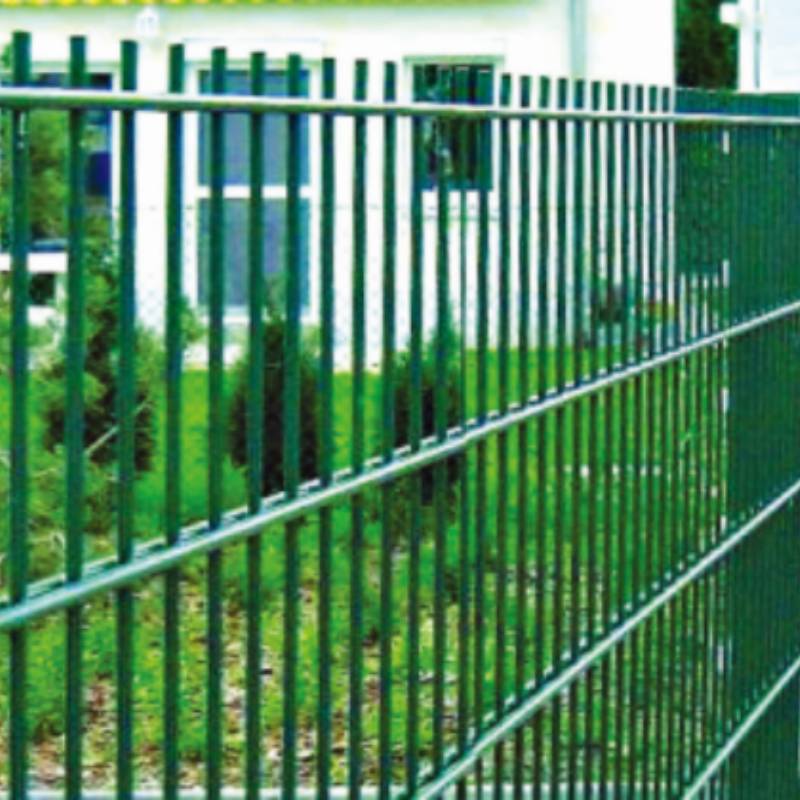-
بريد إلكتروني:zhao@hyliec.cn
-
هاتف:+86 311 85273988
-
واتساب:8613931128750
-
 الأفريقي
الأفريقي -
 الألبانية
الألبانية -
 الأمهرية
الأمهرية -
 عربي
عربي -
 الأرمينية
الأرمينية -
 أذربيجاني
أذربيجاني -
 الباسك
الباسك -
 البيلاروسية
البيلاروسية -
 البنغالية
البنغالية -
 البوسنية
البوسنية -
 البلغارية
البلغارية -
 الكاتالونية
الكاتالونية -
 السيبيونو
السيبيونو -
 كورسيكية
كورسيكية -
 الكرواتية
الكرواتية -
 التشيكية
التشيكية -
 دانماركي
دانماركي -
 هولندي
هولندي -
 إنجليزي
إنجليزي -
 الاسبرانتو
الاسبرانتو -
 الإستونية
الإستونية -
 الفنلندية
الفنلندية -
 فرنسي
فرنسي -
 الفريزية
الفريزية -
 الجاليكية
الجاليكية -
 الجورجية
الجورجية -
 ألمانية
ألمانية -
 اليونانية
اليونانية -
 الغوجاراتية
الغوجاراتية -
 الكريولية الهايتية
الكريولية الهايتية -
 الهوسا
الهوسا -
 هاواي
هاواي -
 اللغة العبرية
اللغة العبرية -
 لا
لا -
 مياو
مياو -
 المجرية
المجرية -
 الأيسلندية
الأيسلندية -
 الإيغبو
الإيغبو -
 الاندونيسية
الاندونيسية -
 الأيرلندية
الأيرلندية -
 ايطالي
ايطالي -
 اليابانية
اليابانية -
 الجاوية
الجاوية -
 الكانادا
الكانادا -
 الكازاخستانية
الكازاخستانية -
 الخمير
الخمير -
 الرواندية
الرواندية -
 الكورية
الكورية -
 كردي
كردي -
 قيرغيزستان
قيرغيزستان -
 السل
السل -
 اللاتينية
اللاتينية -
 لاتفيا
لاتفيا -
 الليتوانية
الليتوانية -
 اللوكسمبرجية
اللوكسمبرجية -
 المقدونية
المقدونية -
 Malgashi
Malgashi -
 لغة الملايو
لغة الملايو -
 المالايالامية
المالايالامية -
 المالطية
المالطية -
 الماوري
الماوري -
 المهاراتية
المهاراتية -
 المنغولية
المنغولية -
 ميانمار
ميانمار -
 النيبالية
النيبالية -
 النرويجية
النرويجية -
 النرويجية
النرويجية -
 الأوكيتانية
الأوكيتانية -
 الباشتو
الباشتو -
 اللغة الفارسية
اللغة الفارسية -
 تلميع
تلميع -
 البرتغالية
البرتغالية -
 البنجابية
البنجابية -
 روماني
روماني -
 الروسية
الروسية -
 ساموا
ساموا -
 الغيلية الاسكتلندية
الغيلية الاسكتلندية -
 الصربية
الصربية -
 إنجليزي
إنجليزي -
 شونا
شونا -
 السندية
السندية -
 السنهالية
السنهالية -
 السلوفاكية
السلوفاكية -
 السلوفينية
السلوفينية -
 الصومالية
الصومالية -
 الأسبانية
الأسبانية -
 السودانية
السودانية -
 السواحلية
السواحلية -
 السويدية
السويدية -
 التاغالوغية
التاغالوغية -
 الطاجيكية
الطاجيكية -
 التاميل
التاميل -
 التتار
التتار -
 التيلجو
التيلجو -
 التايلاندية
التايلاندية -
 اللغة التركية
اللغة التركية -
 التركمان
التركمان -
 الأوكرانية
الأوكرانية -
 الأردية
الأردية -
 الأويغور
الأويغور -
 الأوزبكية
الأوزبكية -
 الفيتنامية
الفيتنامية -
 تهرب من دفع الرهان
تهرب من دفع الرهان -
 يساعد
يساعد -
 اليديشية
اليديشية -
 اليوروبا
اليوروبا -
 الزولو
الزولو
سياج اللوحة
Wholesale Metal Fence Panels ?
Wholesale metal fence panels are a popular choice for those looking for durable and secure fencing solutions. These panels are often made steel materials providing a
strong and long-lasting option for garden fencing. They are available in various designs and sizes, making them suitable for a wide range of applications. Wholesale options offer cost-effective solutions for purchasing metal fence panels in bulk, making them ideal for contractors, landscapers, and property developers looking to install fencing on a larger scale.
Is It Cheaper To Buy Fence Panels Or Build Them?
The cost of buying fence panels versus building them can vary depending on several factors. In general, buying pre-made fence panels can be cheaper and more time-efficient than building them from scratch. Pre-made panels are mass-produced, which often makes them more cost-effective due to economies of scale. Additionally, purchasing fence panels can save on labor costs, as they are typically easier and quicker to install compared to building a fence from individual components. However, building a fence from raw materials allows for more customization and control over the design, which may be a priority for some individuals. It's important to consider the specific requirements, budget, and time constraints when deciding whether to buy or build fence panels.
How To Install A Panel Fence?
To install a panel fence involves several steps:
1. Measure and plan: Determine the length of the fence and calculate the number of panels needed. Plan the layout and ensure the fence posts are installed at the appropriate intervals to accommodate the panels.
2. Install the posts: Dig holes for the fence posts, ensuring they are deep enough to provide stability. Set the posts in concrete and allow them to cure before attaching the panels.
3. Attach the panels: Once the posts are set, attach the panels to the posts using appropriate fasteners such as screws or nails. Ensure the panels are level and properly aligned.
4. Add finishing touches: Depending on the type of panels used, additional finishing touches such as capping, trim, or paint may be required to enhance the appearance and durability of the fence.
5. Maintenance: Regular maintenance, such as cleaning and sealing, may be necessary to ensure the longevity of the fence panels.
It's important to follow the manufacturer's instructions and local building codes when paneling a fence to ensure proper installation and compliance with regulations. If in doubt, it's advisable to consult with a professional or seek guidance from experienced individuals.








